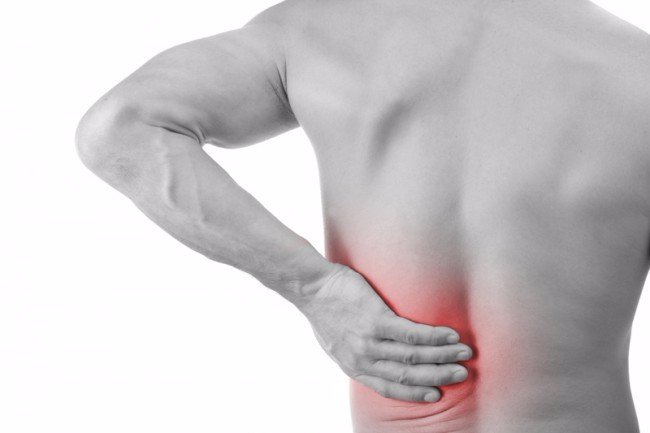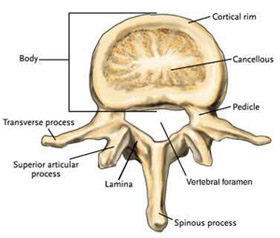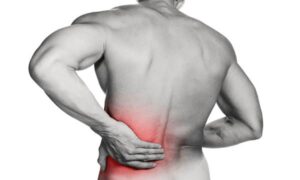Dispelling the myths surrounding disc bulges and back pain.
The story.
You’re at home, you reach down to pick up your shoes and “bang” you get this sudden, crippling back pain. You call your physio/chiro/osteo/doctor. They assess you and say that you probably have a slipped disc or a disc bulge and that you need an MRI. You go home, jump on the world wide web and are confronted with all sorts of pictures showing discs pushing on nerves. Every website you read says that you may need surgery and you should be avoiding heavy lifting, bending and twisting. Sound familiar?
There are 3 main problems with the above scenario.
1. Scans rarely add value.
Patients symptoms rarely correlate with what we see on their scans . A systematic review by Brinjiki and colleagues in 2014 looked at all the studies published on asymptomatic people i.e. they had no symptoms or history of symptoms. They found that all the studies regularly reported disc problems in pain free subjects.
30% of all 20yr olds had a disc bulge and no pain. This percentage increased with age, with over 60% of 50yr olds having a disc bulge, and these are people who had no symptoms whatsoever. We also regularly find that patients with acute, crippling low back pain have no evidence of acute tissue damage on MRI.
A study in 2015 (Fritz and colleagues) also found that back pain patients who had an MRI or CT scan spent up to $5,000 more on rehabilitation compared to those who didn’t . The reason for this is multifactorial and mostly is the result of “Pathologisation” (which we will talk about in a later post).
So having an x-ray, MRI or CT scan for your back pain will in most cases be a waste of your time and money. (The only exception to this rule is if you have signs or symptoms suggesting serious pathology like a fracture OR if you have constant pins and needles, numbness and weakness in a dermatomal distribution).
2. Disc bulges are more likely to cause leg symptoms rather than back pain. If you have back pain, and no leg symptoms, it is unlikely that a disc is the cause of your symptoms. The reason is that the disc itself is actually very poorly innervated (Garcia-Cosamalon and colleagues 2010) meaning that the disc itself does not contain a lot of sensory nerve fibres. It will really only start to cause you grief if it starts to contact and compress the nerve root. If it gets to this point, you may have pins and needles, numbness, weakness of the area supplied by the nerve that is affected. Even at this stage we can reliably diagnose it without the use of scans.
Patients with true disc bulge symptoms will most likely present to the clinic complaining of leg symptoms but no back pain.
3. Avoidance of movement can result in poorer outcomes . By all means avoid heavy lifting until your pain settles but there is no reason, nor any evidence, to suggest that avoiding bending or avoiding twisting will help healing or speed recovery. We actually know that stiff spines are painful spines so avoidance of specific movements can result in reduced mobility and reduced strength in the long term . Getting moving early, and recovering your mobility and flexibility early, with the help of a competent clinician, is the most effective treatment.
So if the above story sounds like you, don’t panic! Approximately 95% of patients with acute low back pain who present to a competent physiotherapist recover completely within 4 weeks, most even sooner.
If you’re reading this and have already had an MR or CT scan, remember these findings are normal and most likely are not the cause of your pain. Low back pain is multifactorial, so having it assessed by a competent practitioner is the fastest way to get you moving again.







